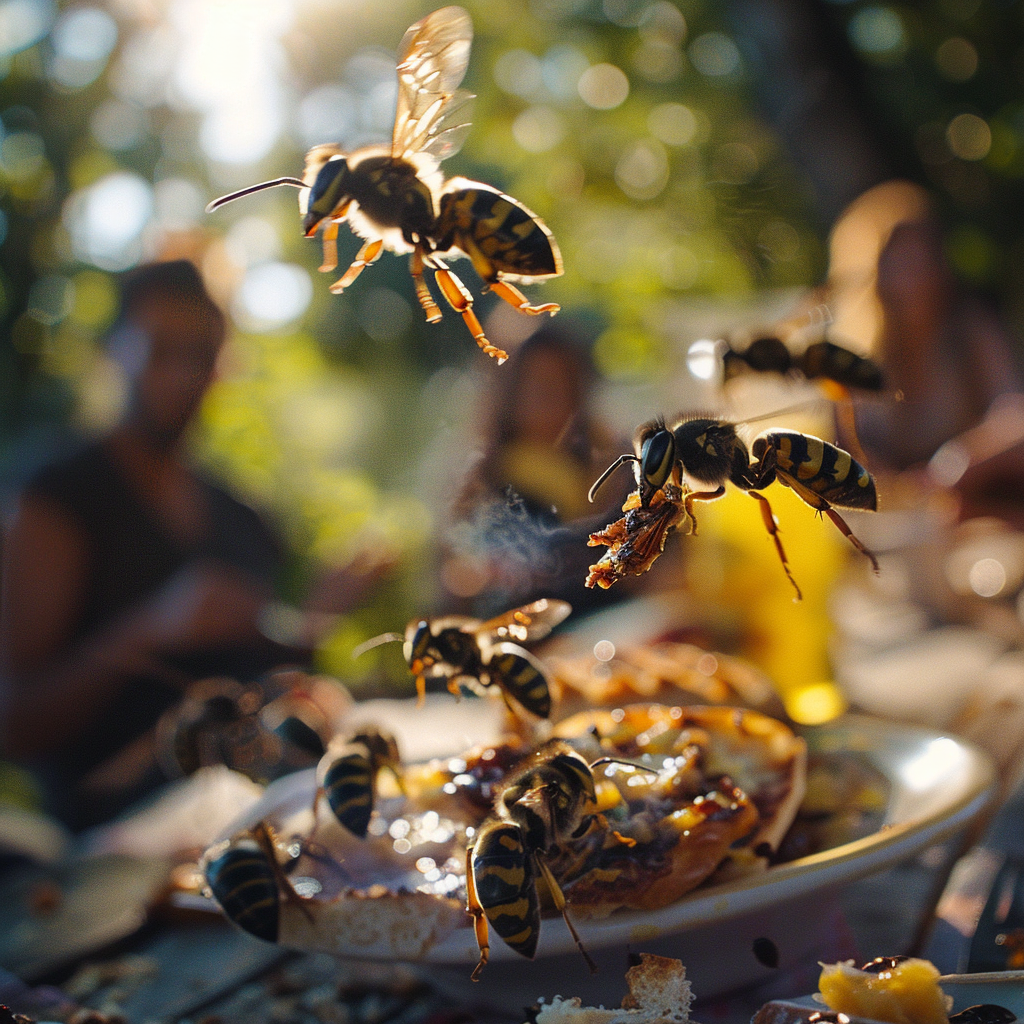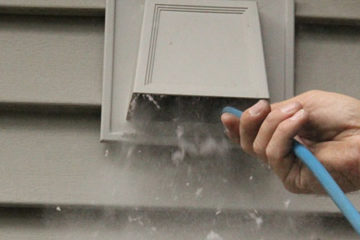This summer, Edmonton residents have noticed a significant surge in wasp activity, and experts attribute this rise to a combination of weather patterns, ecological changes, and the wasps’ natural life cycle.
Weather Conditions Favor the Wasp Surge Across Edmonton
Edmonton’s hot, dry summer has created ideal conditions for wasps to thrive. Warm temperatures accelerate larval growth, while reduced rainfall minimizes natural threats like fungi that can harm nests. Consequently, more wasp colonies have survived and grown larger this year, resulting in an increased number of wasps around the city.
Scarce Resources Drive Aggression
As the summer progresses into fall, the natural food sources that support wasps, such as flower nectar and prey insects, begin to diminish. This scarcity pushes wasps to seek alternative sources of sustenance, often leading them to human food. This increase in demand for resources coincides with more aggressive wasp behaviour as they forage for sugary and protein-rich foods around homes, outdoor dining areas, and waste disposal sites.
The Impact of the Wasp Life Cycle
The seasonal nature of wasp life cycles also plays a critical role in the current surge across Edmonton. Throughout early summer, wasps focus on expanding their nests and raising their young. However, by late summer, the population of mature wasps increases significantly, leading to heightened wasp activity in residential and public areas as they search for food outside their nests.
Urban Living and Human Activity
Edmonton’s urban environment provides numerous opportunities for wasps to find food. Human activities, such as outdoor dining, markets, and improperly managed garbage, create attractive spots for wasps. As human and wasp populations intersect more frequently, the likelihood of stings and allergic reactions also increases, raising concerns among residents.
Staying Safe During the Surge
To minimize risk, Edmontonians are advised to exercise caution, especially in high-traffic outdoor areas. Covering food, keeping garbage tightly sealed, and avoiding known wasp nesting sites are simple measures that can help reduce encounters. For those with severe allergies to wasp stings, carrying an epinephrine injector is strongly recommended.
A Temporary but Noticeable Wasp Surge
While the wasp surge across Edmonton is expected to decline with the arrival of colder weather, understanding the factors driving this increase helps residents better manage and coexist with these insects. Staying informed and taking preventative measures can make navigating this seasonal phenomenon a bit easier and safer for everyone.




